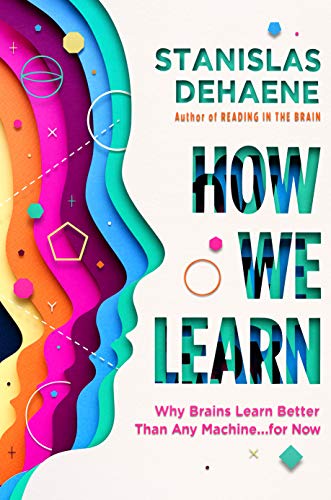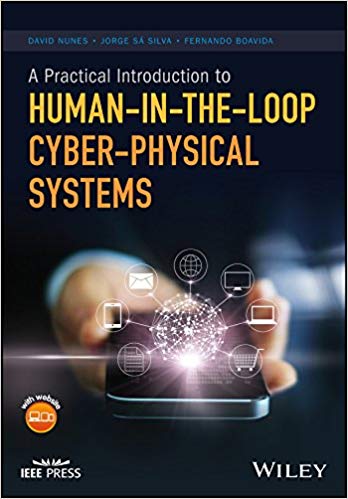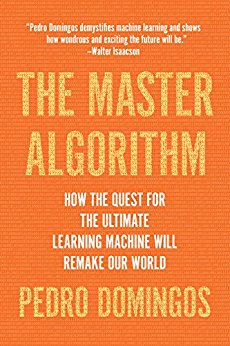AI Knowledge Acquisition
living idea
How knowledge can be attained by computer systems to assist humans?
Concepts ?
Resources ?
Filter 51 resources by topic
Books (4 of 25)
- An illuminating dive into the latest science on our brain's remarkable learning abilities and the potential of the machines we program to imitate themJan 11, 2020
- An essential primer on a rapidly emerging Internet-of-Things concept, focusing on human-centric applications. An indispensable resource for researchers and app developers eager to explore HiTL concepts and include them in their designs.Feb 5, 2018
- A comprehensive overview of the entire field of Machine Learning that is better than most of the book on the topic. Author also explores an idea, related to his scientific research, of a master algorithm which could explain everything given enough data.Sep 22, 2015
- The book was a first systematic study of parallelism in computation - and remained a classical work on threshold automata networks for nearly two decades.Apr 17, 1969
Articles (1 of 6)
- Inquiry into what is missing for Artificial Intelligence to learn like a child. Article from Vol 360 of Science (May 2018, Issue 6391)Jul 8, 2018
Scientific Papers (3 of 15)
- A multi-modal framework that integrates a spatial-aware self-attention mechanism into the Transformer architectureDec 29, 2020
- The method to map unaligned videos from multiple sources to a common representation using self-supervised objectives constructed over both time and modality (i.e. vision and sound). The embedding of YouTube videos to construct a reward function that encourages an agent to imitate human gameplayMay 29, 2018
- Demonstration of cross modality feature learning, where better features for one modality (e.g., video) can be learned if multiple modalities (e.g., audio and video) are present at feature learning time.Jan 1, 2011



